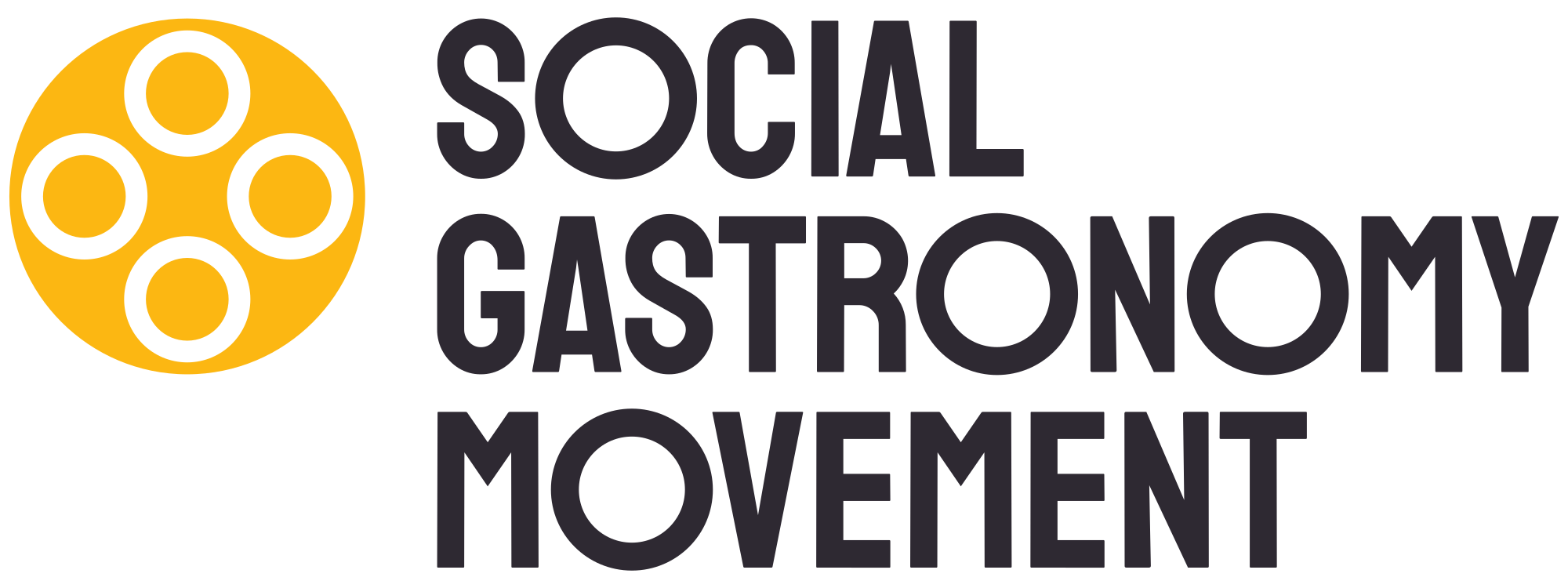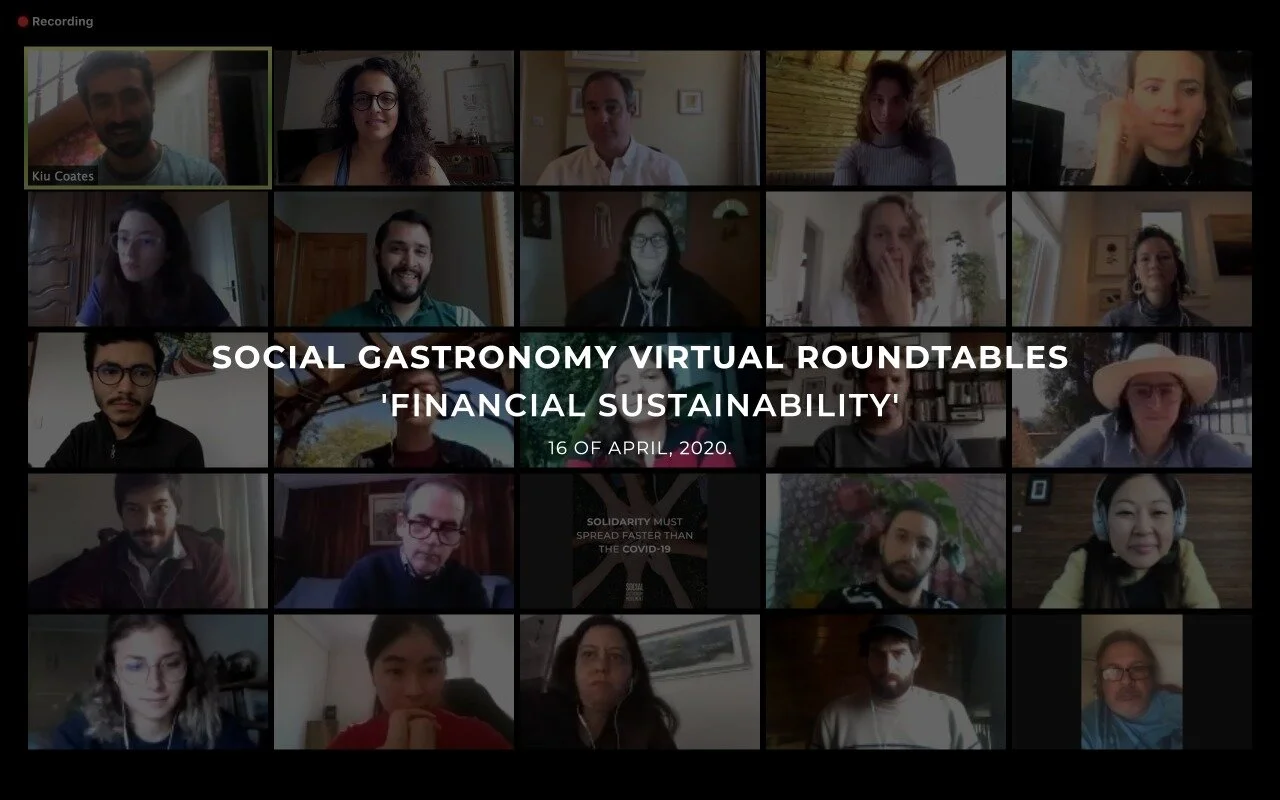Reflections from the SGM's first Virtual Roundtable on Financial Sustainability
Last week, we held the first Virtual Roundtable on Financial Sustainability in the face of COVID-19. Below, we have shared some reflections from the call. You can download a PDF of this report here.
Written by Emilie Openchowski
The SGM’s COVID-19 Virtual Roundtable on Financial Sustainability this week gave almost 40 participants from 14 countries the opportunity to gather together to discuss specific challenges related to fundraising in these uncertain and challenging COVID-19 times, as well as brainstorm creative and practical solutions. We saw many familiar faces, and were joined by several new ones as well.
Patricia Lobaccaro, the founder of Mobilize Global and former president of BrazilFoundation, provided a big-picture view of the philanthropic sector in the face of coronavirus. Current tracking data for donations and philanthropy has broken all previous records: More than BR$2.5 billion has been tracked in Brazil, and philanthropic tracking organization Candid.org estimates that US$6.7 billion in grants have been given in response to the coronavirus pandemic. So, she said, while it may seem like there is a dearth of funding at the moment, in actuality there is lots of money available out there just waiting to be used, and what we need to focus on now is how to get those funds to those who really need them.
One suggestion she had for gaining increased access to the philanthropic sector is applying as a collective rather than individually. “It doesn’t make sense to try to reinvent the wheel -- people are doing a lot of the same things,” she said. “Funders want to see collaboration, want to see group actions.” She suggested that smaller nonprofits or grassroots organizations doing similar work develop a strategy to apply for funds together, as a network.
Another area that Lobaccaro recommended we all develop a strong strategy moving forward is around communications. People are anxious and have very little certainty or normalcy right now, and they’re looking for steadiness, clarity, and confidence in our work and the future. One surprising statistic she shared was that immediately after the market crash in 2008, philanthropic giving increased dramatically, but within one year, two-thirds of donors stopped their giving because they didn’t feel connected to their cause anymore. So, she argued, everyone’s biggest priority at the moment should be communications because this can keep stakeholders, donors, and partners engaged. Her advice? Make a list of your most important supporters from the recent past as well as “way back when,” and engage with them personally -- 80 percent of funds typically come from existing or past relationships.
We then heard from Christopher Moore, Chief Executive of the Clink Charity in London, who shared his project’s experience with staffing cuts, restaurant and training program closures, and crowdfunding. The Clink delivers culinary training to prisoners and other vulnerable populations across the United Kingdom, and operates several high-end restaurants and cafes -- all of which, unfortunately, have been shut down in the face of the pandemic. Instead of training around 220 prisoners per day with a staff of 60, the Clink now operates with fewer than 10 employees who are solely working on supporting graduates of their program with emergency food and accommodation assistance. The Clink launched a crowdfunding campaign to help with these efforts, and was able to raise £50,000 from the general public within one week.
Moore agreed that communications has been key to their success in the weeks since the March 16 order came down from the UK government to shutter all restaurants and cafes. “We have been communicating with everyone involved in an open an honest way,” he said, including staff, project partners in prisons, and donors and funders. “We’ve said that we don’t know what will happen, but we are doing what we can and we are on the case.” Moore said they have been communicating through various digital platforms, but have also turned to more traditional news media such as radio to widen their audience and reach older or less-technologically-savvy groups. Their most successful campaigns to date have put real faces on the project to show potential donors where their money is going and what impact it will have.
When asked about preparing for what might happen after the outbreak is more controlled, both Lobaccaro and Moore had some practical ideas. Lobaccaro urged everyone to be creative and utilize virtual opportunities until meeting in-person is a viable possibility again. “People are not looking for perfection,” she said. “They are looking for us to be doing the best we can under the circumstances right now.” Moore applauded the adaptability of many food industry businesses around the world that have changed their models in order to continue helping those in need. He relayed that the Clink is preparing action plans for a range of possible future realities. “We don’t know where we’re going to go, what’s going to happen,” he said. “The world will be a very different place. We have to continue to evolve and adapt to the situation as it stands.”
Breakout rooms then convened to quickly discuss themes for next week’s follow-up Virtual Roundtable, which will be more focused on small-group discussions and problem-solving activities. Emerging ideas included incorporating the future role and impact of climate change, widening perspectives to discuss transnational solutions, reinventing the industry and businesses for social purposes, enhancing efficient mobilization for urgent matters, improving communications about social gastronomy, and cultivating community and resilience with reduced resources.
See you next week!

